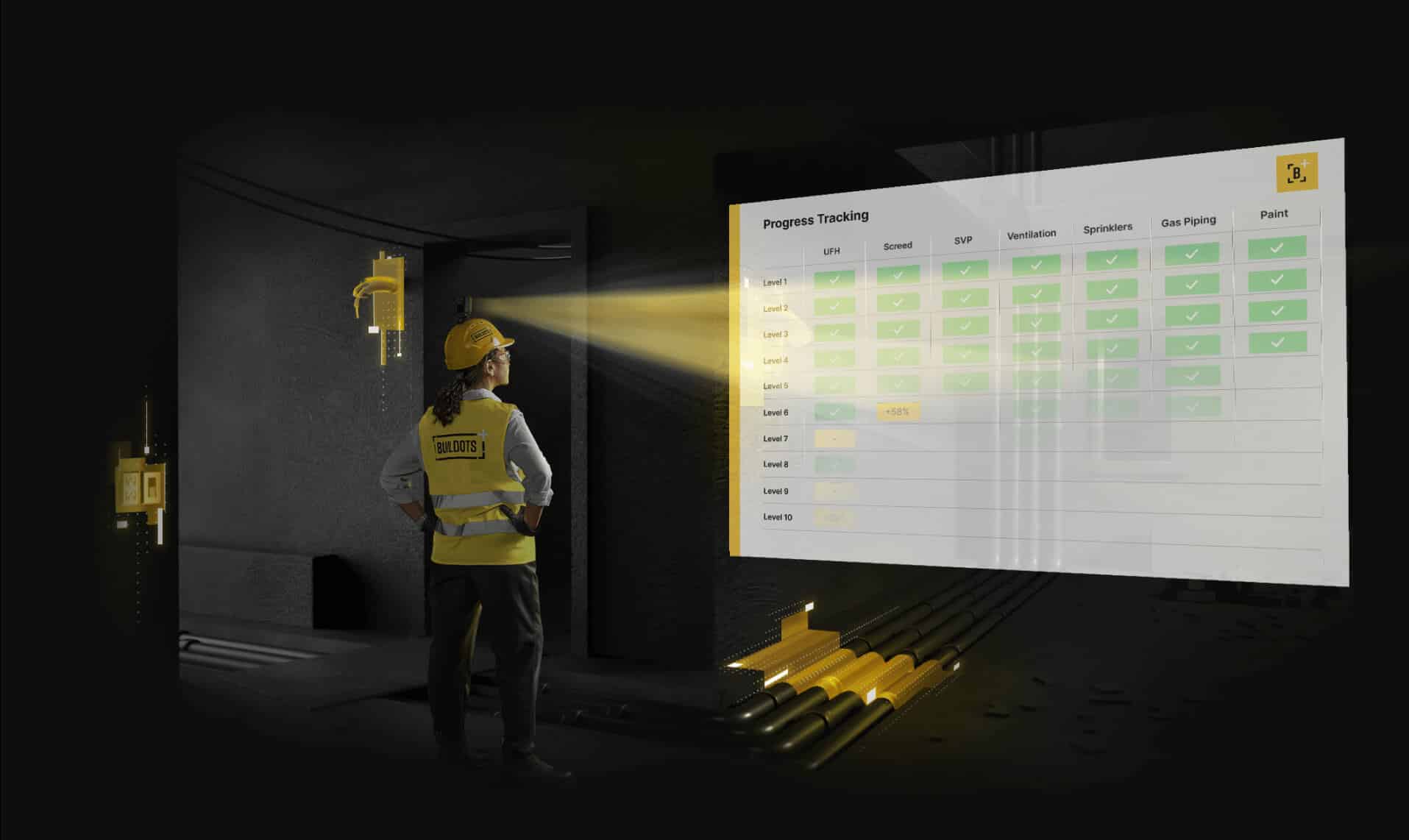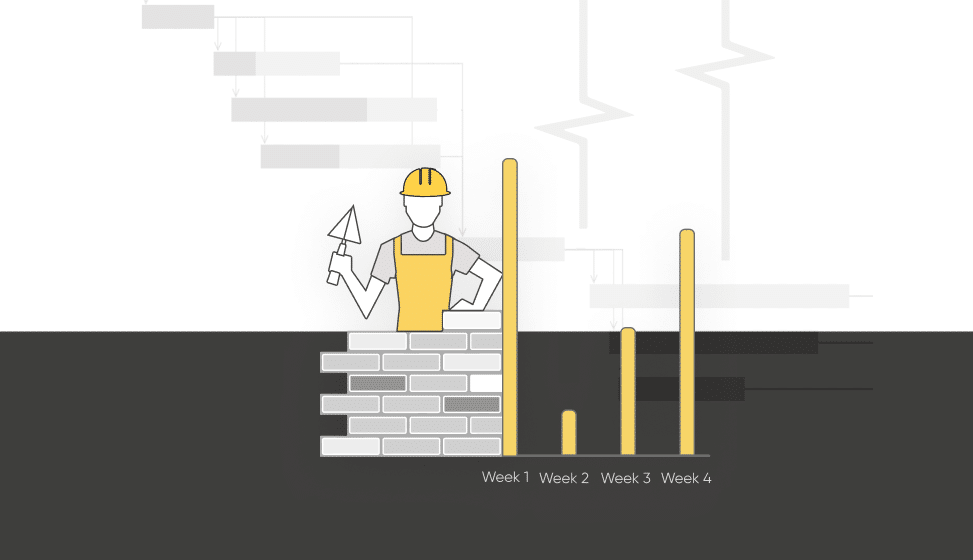Part B Protecting Project Margins: Balancing Your Portfolio – Data to the Rescue

Every bid is made up of a series of assumptions, e.g., we're going to complete the frame in a construction sequence in a seven-day pour cycle for each concrete floor. But it's completed in nine, and you're behind program.
Having the data and analysis to know where the deviation occurred in comparison to your original plan is a game changer. Ultimately, systems help employees avoid mistakes. It could be that the original plan was fundamentally flawed or something changed during the process, which meant it took longer. Either way, with accurate, time-stamped data, you have the ability to go back to the source of the problem and discover the root cause.
Today, many companies plan to be at one point in the process but are not there, and they don't know exactly what is happening. The fact is, with so many people involved in the process, everybody has an opinion. The team is receiving subjective feedback, receiving reports from people receiving reports and having to make decisions based on that. It comes down to… it is his fault, her fault, or their fault, but it just means nothing will change. And when nothing changes, the slow death of a project begins.
Eventually, it becomes so bad that someone makes a drastic move, like ending a contract with one of the subcontractors. But even when they do that, they don't actually know if it was that subcontractor's fault, so they might be getting rid of the wrong subcontractor. We know we need to do better, but there's no way of doing that when we can’t get to the bottom of the problem.

We need accurate, timely data and analysis to help us understand what's actually happened on-site. It's about using technology that tells you; these are the issues, and if you continue doing things the same way, you will complete the project 14 months after the original completion date. Technologically advanced contractors have more clarity and control, and contractors with more control over project risk have better project outcomes.
“The key for me is clarity of information, clarity of information right the way up through the organization. Because, if you know what you're dealing with, even if it is a potentially poor contract, most of us can manage that if we know what's going on. The hardest thing for the customer, and for us as executives in businesses, is that people turn around far too late in the process and drop bad news.”
– Andy Steele, former CEO of Osborne Group
If you understand what's causing the problem, it is possible to bring projects back on program. Early warning indicators are key, data that allows you to do something different are key. So yes, there is the possibility to drastically turn a project around. The problem is that without accurate information, we tend to look at where we are and then put a program to accelerate the work without answering key questions.
Balancing Your Portfolio – Getting the Good Jobs Better
“Margin Kill” doesn't necessarily mean going into the negative.
Margin kill means, that what you should have made on a construction project has been less successful. To take care of your margins, you should not only be thinking about the projects that might lose money but about making good jobs even better. You might have a job that's made 5%, and you're happy with that because it's a good job. But actually, that could have been a 7% job. In reality, there could be as many errors on a 5% positive project as on a 5% loss project. So, it's time to think, “How can we squeeze the lemon?”
When you finish pricing a job, at that point, the job's margin is pretty much fixed. So either the money is in the job, or it's not. And when you actually start construction, most of the movement on the margin is negative. There's an argument to say, well, we make money out of variations and changes, which to a point is true, but fundamentally, the money has to be in the job. So, if you have a job with a good margin, say 7%, but there's a problem with the design, or you have a supply chain partner that defaults, and you have to replace him, this can knock the margin down to 3%. You could face exactly the same issues as you get on a net negative margin project, but the issues don't get put under the microscope because it's still making a 3% margin.

Being on top of everything that happens, having clarity on everything that happens is important. Not just to avoid the -5% margin killer projects but to make sure that there are also +5% margin making projects.
Conclusion: Greater Visibility and Control On-Site
When you don't have the data and you aren't measuring yourself accurately against the plan, you can feel like everything is going well, and you can hit the target date when in reality, you're off track. It's a classic situation. The project slowly deteriorates, and nobody stops at any point in time because A. you don't really understand what's happening, and B. how would you stop it? What does it even mean to stop work on a project?
Whatever the reasons for the delays and overspending on the budget, they're all solved by the same thing. You need the actual project status and one single source of truth. But we spend most of our time and lose most of our time, not just because of the problems, but because we ignore them, deny them, or don't agree on them. There's no hard data, so there's nothing to hold ourselves accountable to. We know problems exist, but we don't know what they are, and we're just busy trying to figure out what's going on.
We're not going to solve all the industry problems in one fell swoop, but if we have transparency and an understanding of what is going on, if we start building reports with data that shows us exactly what is happening on-site, show us progress trends, and can trust the information is transparent and robust, then we can make educated, informed data-driven decisions. We can predict that this will be the outcome if you continue working in this way. This would greatly impact how we manage our current and future projects, meaning we can avoid margin killers and take control of our portfolio.



